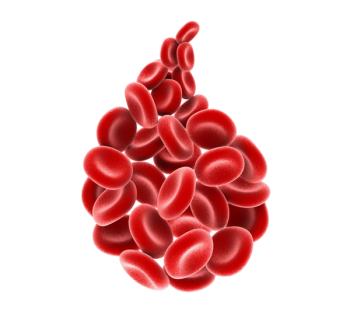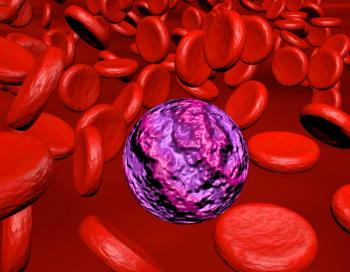
- Oncology Vol 29 No 4_Suppl_1
- Volume 29
- Issue 4_Suppl_1
(P040) Radiosurgery for Primary Central Nervous System Lymphoma
SRS appears to be a reasonable treatment option for focally persistent or recurrent PCNSL in select patients, especially in the setting of focal neurologic deficits. As a radiosensitive entity, all PCNSL lesions had a substantial volumetric reduction with at least 14 Gy, and all patients with a focal neurologic deficit at treatment experienced symptomatic improvement with SRS. Further investigation should be completed regarding the benefits of SRS for focally appearing PCNSL as a potential way to avoid neurotoxicity and improve symptoms in selected patients.
Zachary A. Seymour, MD, Sarah Westcott, James L. Rubenstein, Penny K. Sneed, MD; Department of Radiation Oncology, Department of Medicine, University of California, San Francisco
BACKGROUND AND PURPOSE: The role of stereotactic radiosurgery (SRS) in primary central nervous system lymphoma (PCNSL) is unknown. This represents a case series of five patients treated with SRS for PCNSL.
METHODS: All patients who were treated with SRS for PCSNL were retrospectively reviewed. All clinical and treatment parameters were evaluated to assess treatment outcomes, symptomatic response, complications, and disease control. Near-complete response was defined as ≥ 75% volumetric reduction from the time of treatment.
RESULTS: A total of five patients with PCNSL underwent SRS to seven lesions following 5–10 cycles of chemotherapy, which consisted of a regimen of high-dose methotrexate, rituximab, and temozolomide, with the last administration at least 14 days before SRS. Three patients were treated with SRS in lieu of whole-brain radiotherapy (WBRT), one patient was treated for salvage SRS after focal failure after WBRT, and one patient received no adjuvant radiation following chemotherapy and was treated only at the time of focal recurrence. The median age at the time of SRS was 60 years (range: 44–75 yr). The median imaging follow-up post-SRS was 16.8 months (range: 1.2–46.9 mo). The median dose was 15 Gy (range: 14–17 Gy), with a median prescription isodose line of 50% for a median target volume of 2.76 mL (range: 0.69–14.6 mL). All lesions had at least a near-complete response, with 82% response being the smallest volumetric reduction and four lesions obtaining a complete response. No patients experienced a local failure. Prior to SRS treatment, four patients had focal neurologic deficits, all of which improved with SRS. No neurotoxicity or adverse effects were observed. Whole-brain control was not achieved in any patient, with a median time to distant brain failure of 2.3 months (range: 0.7–21.6 mo) after first SRS treatment, and two patients had salvage SRS for a focal distant recurrence 3 and 33 months after initial SRS, respectively.
CONCLUSIONS: SRS appears to be a reasonable treatment option for focally persistent or recurrent PCNSL in select patients, especially in the setting of focal neurologic deficits. As a radiosensitive entity, all PCNSL lesions had a substantial volumetric reduction with at least 14 Gy, and all patients with a focal neurologic deficit at treatment experienced symptomatic improvement with SRS. Further investigation should be completed regarding the benefits of SRS for focally appearing PCNSL as a potential way to avoid neurotoxicity and improve symptoms in selected patients.
Proceedings of the 97th Annual Meeting of the American Radium Society -
Articles in this issue
Newsletter
Stay up to date on recent advances in the multidisciplinary approach to cancer.


















































































